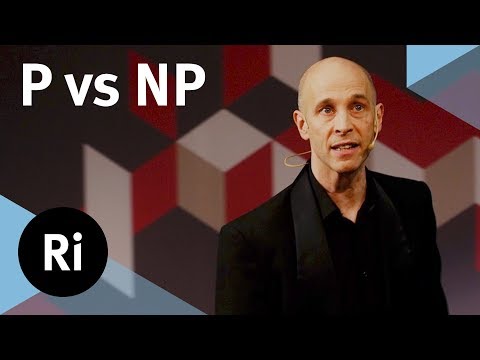Description:
Explore one of the biggest unsolved problems in theoretical computer science - the P vs NP problem - in this lecture by Professor Kevin Buzzard. Delve into the intriguing world of computational complexity, examining what computers can and cannot do quickly. Learn about the implications of this problem for security, cryptography, and artificial intelligence. Discover historical context from ancient Greek mathematics to modern computer science pioneers like Ada Lovelace and Alan Turing. Investigate practical applications, including public key cryptography and factoring large numbers. Gain insights into the nature of polynomial time algorithms and NP-complete problems. Consider the potential consequences if someone were to prove that P equals NP, and understand why this problem remains a central challenge in computer science and mathematics.

What Computers Can't Do - With Kevin Buzzard
Add to list
#Computer Science
#Theoretical Computer Science
#Algorithms
#Algorithmic Complexity
#Cryptography
#Public Key Cryptography